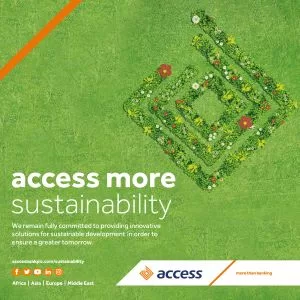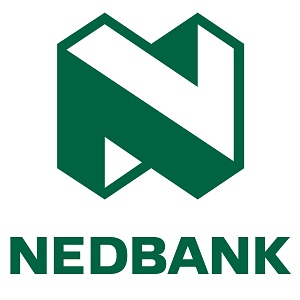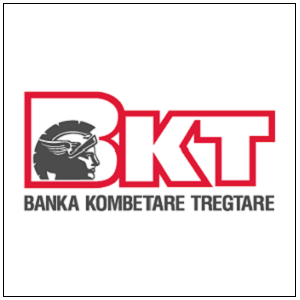Finance
How US Stablecoin Regulation Is Shaping the Future of Global Payments

- Businesses are looking for stability in US stablecoin regulation to establish a better, more productive, and more inclusive system for cross-border payments on a global scale.
- Indeed, they are often deemed instruments that are very much capable of reformulating remittance services as low-cost and more attractive options for financial inclusion.
In the rapidly evolving digital payment landscape, stablecoins have become essential in recent years. The rise of cryptocurrencies has created enough options to set conventional-to-stablecoin markets up as a controlled and viable means for companies, investors, and retailers. With mature regulating frameworks shaping up, particularly in the United States, the future of international payment systems then appears set to scale the heights.
Emergence of Stablecoins
Stablecoins dominate global trade with their capacity to substantially reduce the innate volatility and ambiguous nature of other digital currencies like Bitcoin and Ethereum. Furthermore, they are not only supported by a few prevalent assets, like the dollar but also serve as a convenient bridge from the cryptocurrency world to the traditional world of finance. As part of a wider range of uses, including remittances, large and small cross-border payments, and trade, the stablecoin is increasingly being endorsed by businesses aiming at streamlining their payment operations.
Stablecoin Regulations in the US and How They Would Redirect the Payment Industries
The US government is working towards putting down a new guideline that could play a critical role in shaping the payment world by regulating stablecoins. The regulatory regime impinges on the general clarity of the market for matters of consumer protection and market integrity, as well as the soundness of financial institutions. Through a regulatory as well as a supervisory overall framework, the authorities aim to create a safe space in which businesses and consumers can use stablecoin applications for regular day-to-day transactions.
For businesses operating worldwide, the essence of these regulations cannot be exaggerated: they are likely to have even quicker and cheaper solutions for settling payments securely outside of traditional financial intermediaries. The transactions would be more efficient and less costly, besides reducing the level of uncertainty occurring at the simultaneous detriment of businesses and consumers.
Similarly, stablecoins could help with bridging the financial gap in regions where banking infrastructure is considerably lacking.
Effecting Cross-border Payments
An actual benefit of stablecoins is their potential to smarten up cross-border payments. Crossing global frontiers with money is always a costly and time-consuming affair for many businesses scattered over different nations. In comparison, traditional payment methods such as wire transfers or bank drafts provide a series of multiple middlemen for their services, thereby generating additional costs with the consequence of longer transaction times. However, working through these intermediaries is not required while making transactions through stablecoins. Stablecoins would quickly cut down on the costs accompanying transactions.
With ease on the expenditure of transactions, stablecoins would help expedite the pace at which cross-border transactions are transacted. Deals that used to take days to process are now completed in minutes, helping businesses to streamline operations and increase cash flow. Stablecoins have the potential to transform global trade by enabling businesses to conduct truly global transactions.
Similarly, stablecoins may help to bridge the financial divide in locations where banking infrastructure is severely lacking.
Inclusion Concerning Remittances
Remittances are yet another area poised to be revolutionised by stablecoin. A good number of migrants rely on money transfer services when they send funds to their families, but they an be expensive due to high commissions and time-consuming due to wait times. Stablecoins can shorten and reduce transaction costs for remittance, equipping individuals from developing countries who rely on these transfers for their livelihood with an urgently needed tool.
The proliferation of stablecoin-fuelled remittances could offer a solution to financial exclusion for many remote and underserved populations. Through leveraging blockchains, stablecoins could bring down costs for moving money in an opportunity to embrace financial inclusion.
The Road Ahead
The global landscape of payments is in transition. The introduction of new regulations in the US has paved the way for a complete overhaul in payments, most notably driven by the advent of stablecoins, which are rewriting several pieces of the legalese. Clear regulations for these lucrative devices will dramatically increase their adoption. Displacing the traditional methods of accountable payment, a sound stablecoin could shake up global finance by speeding up, reducing charges, and providing easy access to international payments for all.
Inevitably, with the evolution of the stablecoin way, businesses and individuals will have to focus on compliance and all; their path toward stablecoins has come a long way since then.

















































